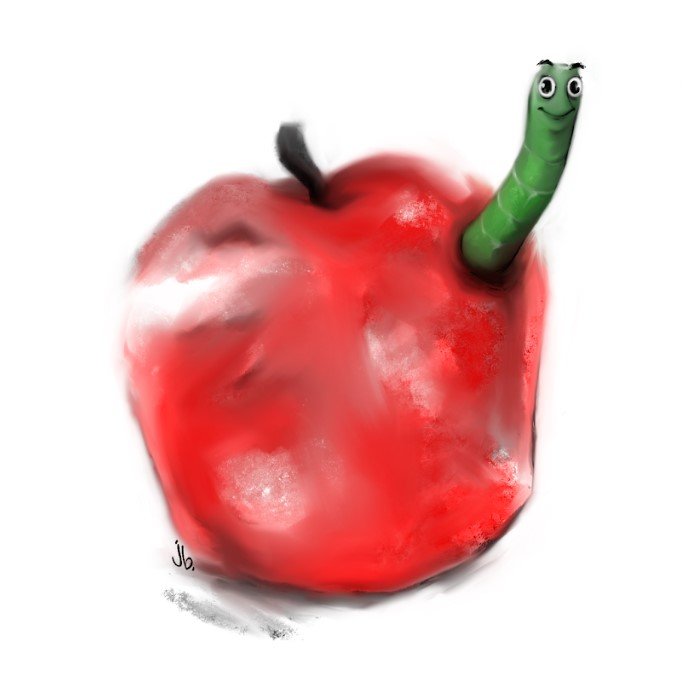Creative Ideas for Hands-on Activities for Teens (with examples!)
Sketch from the opening page of a learner’s comic book. You can see our brainstorm of the story’s arch on this page.
Parents, families, and educators often inquire about hands-on activities to engage teen learners. “What can I do with him?” Maybe your thirteen year old can’t stop playing Roblox. Maybe your fifteen year old is interested in Anime, Manga, and YouTube. Maybe your sixteen year old is taken by hearing and sharing jokes.
If the topics of interest are either on screens or in speech, then how do we transfer learning into hands-on activities?
This post outlines what hands-on means, with examples of activity ideas,
what it does not mean,
and how it can impact the development of a teenager.
What is a hands-on activity?
In this context and with this term, literal thinking is helpful. Hands-on learning activities are what you do with your hands. If we take a closer look at the figurative meaning of our hands, they are expansive in the sense that they stretch our horizons through action. They may be relatively small parts of our anatomy, but they are powerful drivers of what we often do! Behavior is often facilitated through hands. We can pick up a hobby, literally. Think of crafts like crochet, knitting, sewing, woodworking, leatherwork, pottery. We can speak through our hands using gestures that signify more than the words we choose. We can express ourselves through bullet journaling, collage-making, or junk journaling.
To return to our earlier examples of screen and speech related interests, let’s go through those using specific examples of hands-on activity ideas for your teens.
Love of Anime:
Create your own Anime characters by drawing and coloring them on paper or digitally using drawing software.
Make Anime-themed crafts such as keychains, plushies, or bookmarks inspired by your favorite characters.
Write and illustrate your own Anime-inspired stories or comics.
Love of Manga:
Learn how to draw Manga characters and scenes using step-by-step tutorials or instructional books.
Create your own Manga comic book by designing characters, writing dialogue, and illustrating scenes.
Explore traditional Japanese art forms like Sumi-e painting or calligraphy, which are often featured in Manga.
Love of YouTube:
Take handwritten notes on a YouTube video you admire.
Start a YouTube channel on a topic you like. This isn’t hands-on itself but can require hands-on activities like filming.
Do a live performance version of a favorite YouTube video.
Love of Roblox:
Learn 3D modeling and animation skills to create custom characters, objects, and environments for your Roblox games.
Brainstorm an original Roblox game using paper. Use big paper, post-it notes, colored markers, and other materials to expand the creative energy!
Love of Jokes:
Create a joke book or comic strip featuring your favorite jokes and illustrations.
Perform stand-up comedy routines for family and friends, practicing delivery and timing.
Participate in Improv comedy workshops or classes to develop quick thinking and improvisational skills.
What is not hands-on
Hands-on learning is under the umbrella of experiential learning as it requires learning by doing. However, experiential learning does not mean using our hands. We can experience and learn by doing while on the computer or in conversation, and that would mean we are not using the same neural connections that make hands-on experiences what they are.
Hands-on learning can overlap with, but is not the same thing as: project-based learning, inquiry-based learning, self-directed learning.
Playing is not the same as hands-on necessarily because we don’t always play with our hands. Sometimes, we play in conversation. Often, I’ll see young children fascinated by staring at something. This is the case especially for highly sensitive children who zoom in on one particular observation and dissect everything about it. This can be a kind of play, but is not hands-on unless it becomes hands-on.
Impact of Hands-on Learning on Teenage Development
Fine Motor Skills Development: Activities like crochet, knitting, sewing, and woodworking require precise hand movements and coordination. By manipulating tools and materials, teens strengthen their hand muscles and improve dexterity, which is essential for tasks like writing, typing, and everyday activities.
Cognitive Stimulation: Hands-on activities stimulate cognitive processes such as problem-solving, planning, and spatial reasoning. Whether teens are painting on canvas, weaving on a loom, or making soap, they are exercising their brains and enhancing neural connections associated with creativity and critical thinking.
Stress Reduction: The rhythmic movements involved in activities like knitting, weaving, and pottery have a calming effect on the nervous system. Engaging in these repetitive motions can lower cortisol levels and promote relaxation, reducing stress and anxiety in teens.
Emotional Regulation: Hands-on activities provide a creative outlet for teens to express themselves and process their emotions. Whether it's through painting, journaling, or crafting, teens can channel their feelings into their creations, fostering self-awareness and emotional resilience.


